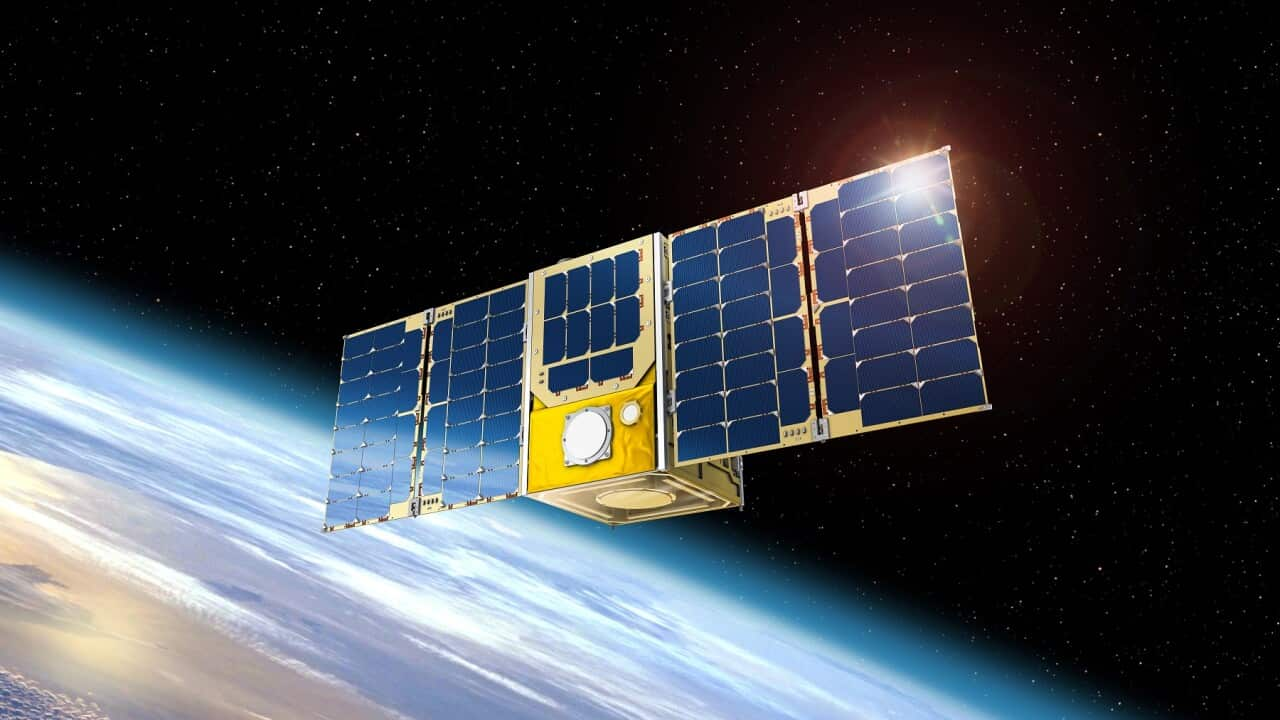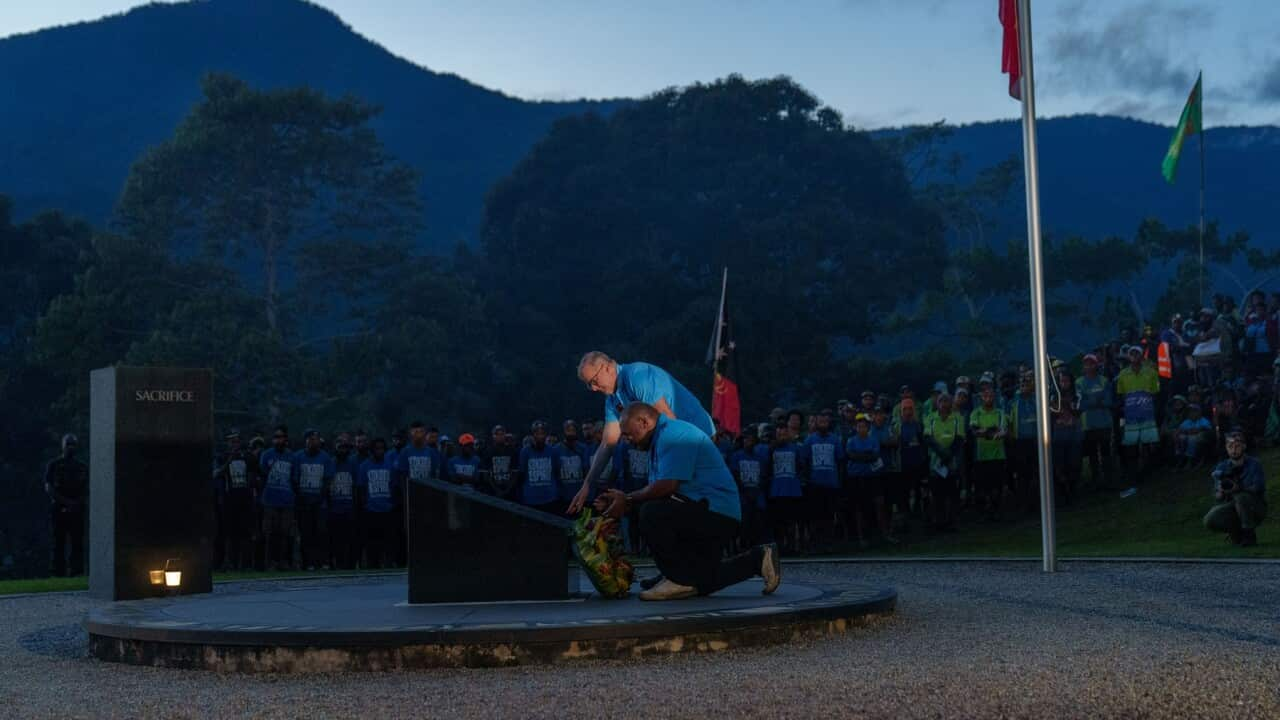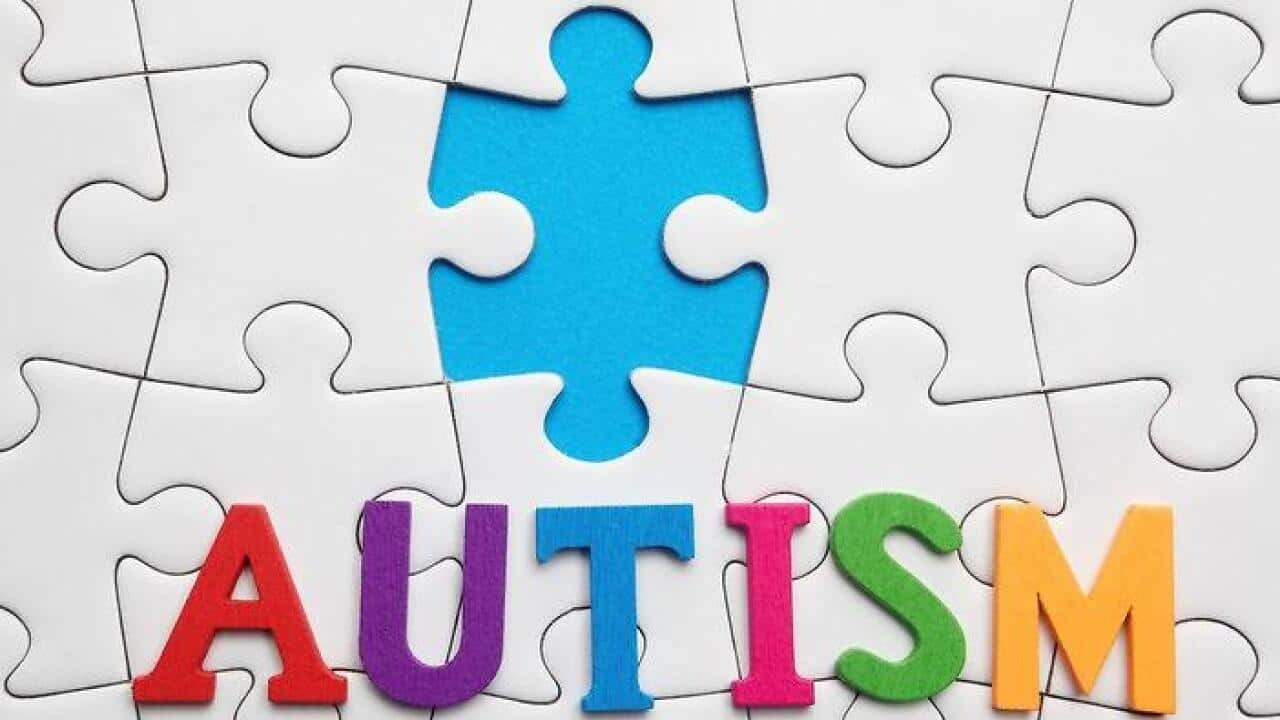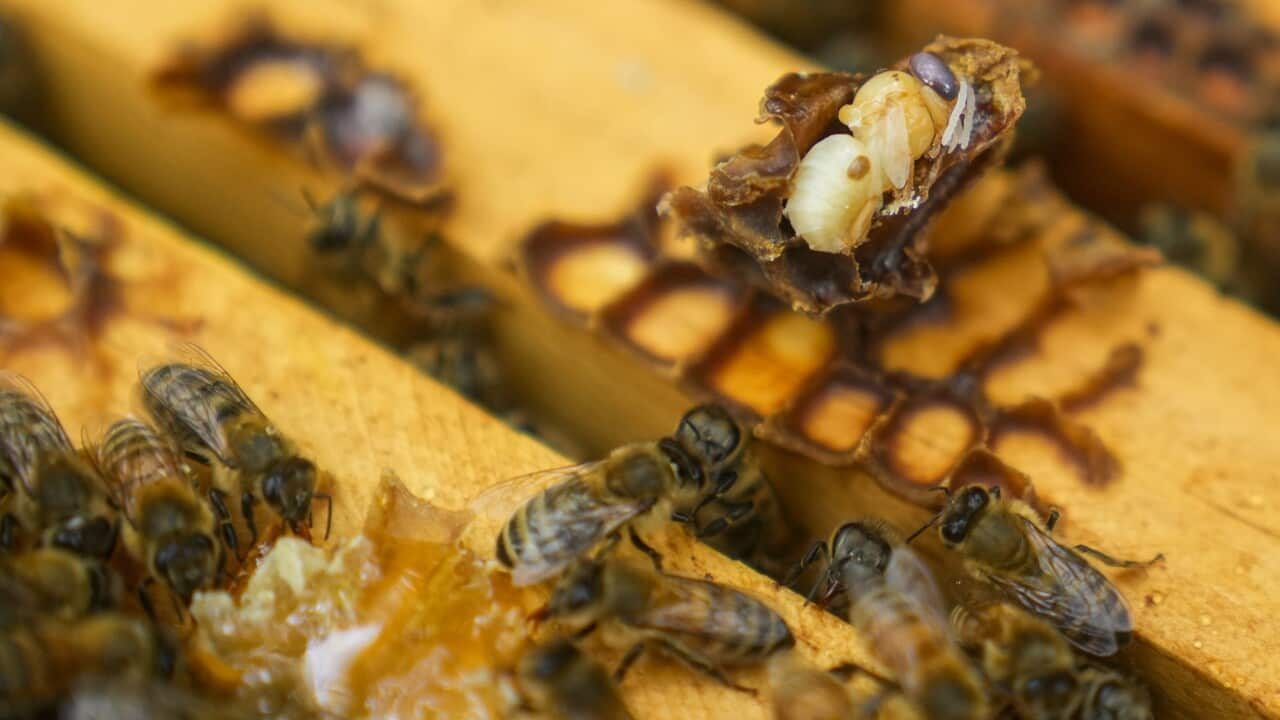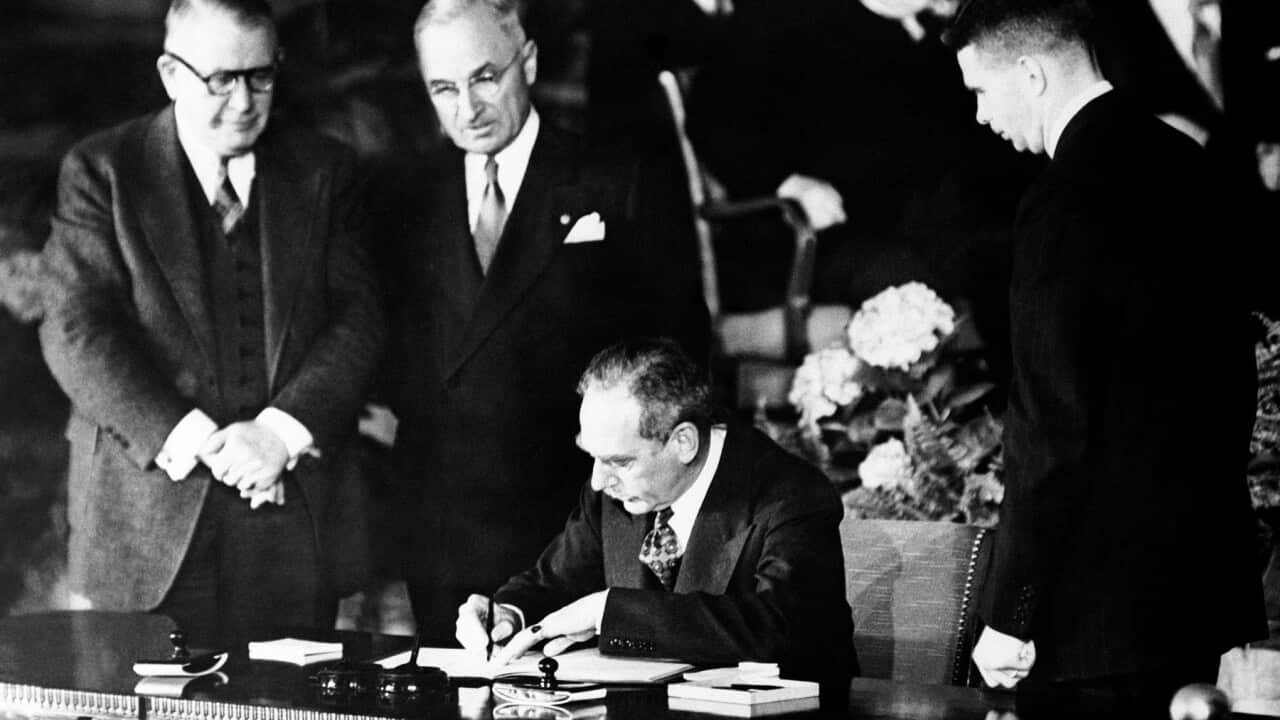Italian
Mucche spaziali.
Questo è il nome di un nuovo progetto che unirà le idee dei Proprietari Tradizionali nel Northern Territory, di scienziati dell’agenzia scientifica nazionale d’Australia C-S-I-R-O e l’azienda da trilioni di dollari Microsoft.
Anche se può sembrare che vogliano mandare mucche nello spazio – non è così – il progetto è lo stesso intrigante.
Bestiame selvatico privo di supervisione e bufali verranno sorvegliati dallo spazio, utilizzando tecnologia satellitare.
Andrew Hoskins del C-S-I-R-O è uno degli scienziati coinvolti nel progetto.
"A project of this scale has never been done before. A project that brings in artificial intelligence tools has never been done before. The human element of managing animals has never been done before. This is really important when it comes to managing feral animals across the landscape in northern Australia. It is a very vast and remote region so it can be difficult and tricky to try to manage animals across these regions. This is what we are trying to help."
Verranno utilizzati Intelligenza Artificiale e un gemello digitale spaziale alimentato dalla tecnologia – altresì conosciuto come replica virtuale del territorio.
L’obiettivo è di fornire ai ranger aborigeni la scienza e la tecnologia necessaria per aiutarli a monitorare accuratamente i danni causati dal bestiame selvatico e dai bufali.
Verranno inoltre analizzati i flussi migratori attraverso un’area di oltre 22mila chilometri quadri, nella Arnhem Land nel Northern Territory, Upper Normanby e Archer River nella penisola di Cape York nel Queensland.
Ricky Archer, un uomo Djungan e presidente di Nailsma, la North Australian Indigenous Land and Sea Management Alliance, ha dichiarato che si tratta di un’iniziativa importante per proteggere la terra aborigena.
"Some of the common threats we see is damage to culturally significant flood plains, nesting habitats to other important species. We see a direct link between reduced crocodile nesting habitat where there are increased buffalo. Anything that goes towards the destruction of country, whether it's cultural and environmental, traditional owners and rangers have identified that as a threat to healthy country."
Bestiame selvatico e bufali non gestiti possono avere un impatto enorme sulla biodiversità, tra cui il degrado del suolo, il sovrasfruttamento della vegetazione nativa, l’erosione e la distruzione di fiumi e zone paludose.
Oltre 1.000 bovini e bufali non gestiti verranno tracciati elettronicamente utilizzando targhette di tracciamento satellitare GPS.
Archer ha dichiarato che la collaborazione è un ponte importante tra scienza, tecnologia e cultura indigena.
"There is a natural link between the technology that they can provide and the problems that traditional owners and rangers have on the ground. We are making sure that collaboration works and making sure we have Indigenous practitioners in the driver's seat looking after their country. "
La piccola organizzazione di Archer è una azienda no-profit guidata da indigeni che opera nel nord Australia, aiutando le popolazioni indigene a prendersi cura della sostenibilità della terra per le generazioni future.
È entusiasta del fatto che il progetto assicurerà alle popolazioni First Nations di essere all’avanguardia nel prendersi cura dell’ambiente nella parte estrema del Territorio del Nord.
C-S-I-R-O e Microsoft creeranno gli strumenti e i sistemi necessari ad utilizzare l’intelligenza artificiale.
Microsoft inoltre sfrutterà soluzioni basate sul cloud e sull’apprendimento automatico.
Lynn McDonald, Microsoft Azure Space Lead per l’Australia.
“With satellite technology, with space imagery you can see an entire geographic region, you can look at it quite broadly, you can get specific detail out of it and then with different space technologies you have radar modalities with satellite technologies so you can understand different elements of the environment.”
Space Cows è un progetto dalla durata di quattro anni, attualmente nelle sue prime fasi.
English
Space Cows.
That's the name of the new project that will join the minds of Traditional Owners in the Northern Territory, scientists from Australia's national science agency C-S-I-R-O and trillion dollar company Microsoft.
While it sounds like they'll be sending cows to space - they're not - but the project is still intriguing: Unmanaged feral cattle and buffaloes will be surveyed from space, using satellite technology.
Andrew Hoskins from the C-S-I-R-O is one of the Scientists dedicated to the project:
"A project of this scale has never been done before. A project that brings in artificial intelligence tools has never been done before. The human element of managing animals has never been done before. This is really important when it comes to managing feral animals across the landscape in northern Australia. It is a very vast and remote region so it can be difficult and tricky to try to manage animals across these regions. This is what we are trying to help."
Artificial intelligence and a space technology-powered digital twin - otherwise known as a virtual replica of the landscape - will be developed.
The aim is to give Indigenous rangers the science and technology needed to help them accurately monitor the damage caused by feral cattle and buffaloes.
Their migration patterns will also be analysed, across a 22,000-plus square kilometre area, in Arnhem Land in the Northern Territory, Upper Normanby and Archer River on Queensland’s Cape York Peninsula.
Ricky Archer, Djungan man, and CEO of Nailsma, the North Australian Indigenous Land and Sea Management Alliance, says it's an important initiative to protect Aboriginal land.
"Some of the common threats we see is damage to culturally significant flood plains, nesting habitats to other important species. We see a direct link between reduced crocodile nesting habitat where there are increased buffalo. Anything that goes towards the destruction of country, whether it's cultural and environmental, traditional owners and rangers have identified that as a threat to healthy country."
Unmanaged feral cattle and buffaloes can have a huge impact on biodiversity including land degradation, overgrazing of native vegetation, erosion and destruction to rivers and wetlands.
More than 1,000 unmanaged cows and buffaloes will be electronically tracked using GPS satellite tracking tags.
Mr Archer says the collaboration is an important bridge between science and technology and Indigenous culture.
"There is a natural link between the technology that they can provide and the problems that traditional owners and rangers have on the ground. We are making sure that collaboration works and making sure we have Indigenous practitioners in the driver's seat looking after their country. "
Mr Archer's small organisation is an Indigenous-led, not-for-profit company operating across north Australia - helping Indigenous people manage their country sustainably for future generations.
He's excited that the project will ensure First Nations people are at the forefront looking after the environment in the top end of the Northern Territory.
C-S-I-R-O and Microsoft will create the tools and systems needed to utilise artificial intelligence.
Microsoft will also leverage cloud-based and machine learning solutions.
Lynn McDonald, Microsoft Azure Space Lead for Australia.
“With satellite technology, with space imagery you can see an entire geographic region, you can look at it quite broadly, you can get specific detail out of it and then with different space technologies you have radar modalities with satellite technologies so you can understand different elements of the environment.”
Space Cows is a four-year-long project currently in its early stages.
Report by Bernadette Clarke
